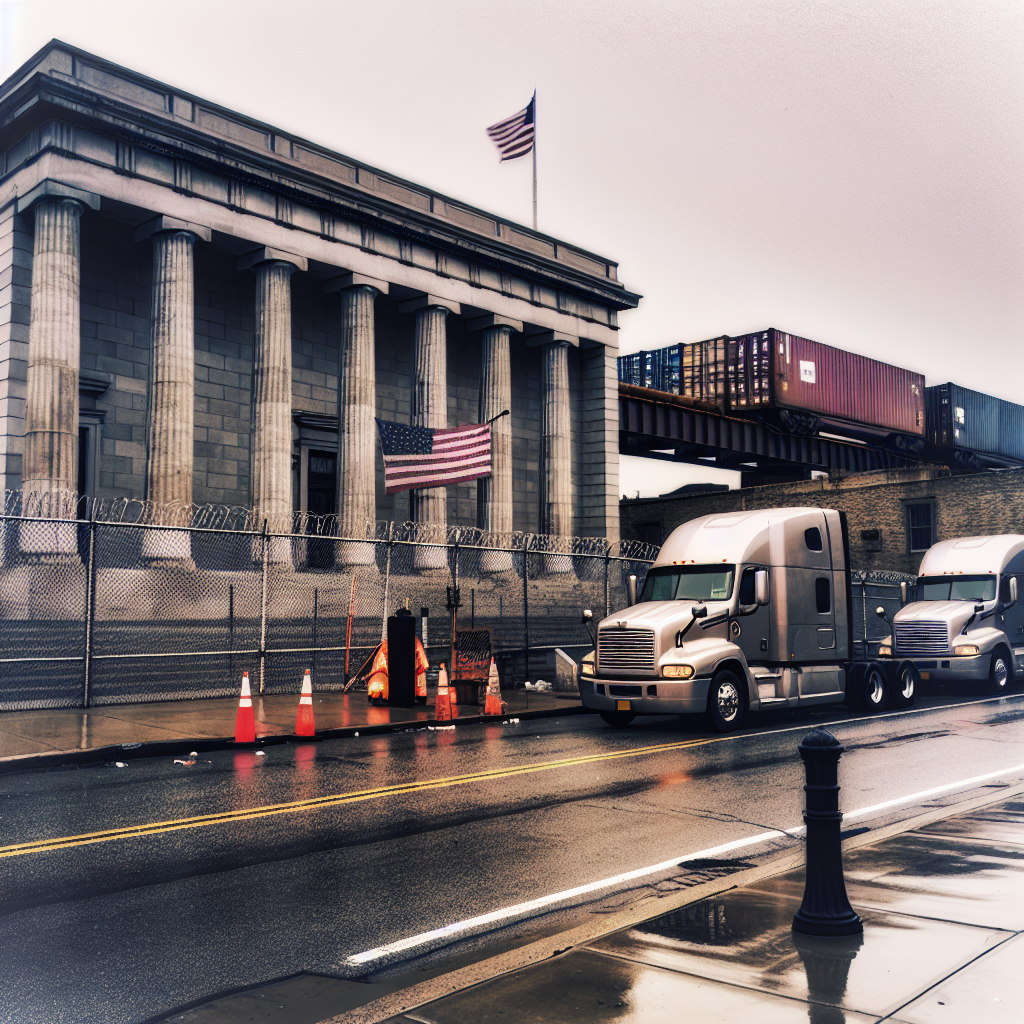Robert Primus, the Democrat ousted from the federal board that referees America’s freight railroads, has sued to get his job back — and the timing could ripple through trucking. In a complaint filed October 1 in U.S. District Court in Washington, Primus argues his August 27 removal from the Surface Transportation Board (STB) violated the statute that allows removal of members only for “inefficiency, neglect of duty, or malfeasance.” He is asking the court to reinstate him as the agency weighs a proposed $85 billion Union Pacific–Norfolk Southern tie-up, the biggest rail deal in decades.
The White House responded that the president acted within his authority, setting up a high-stakes clash over the independence of economic regulators. Primus also named the STB and its chairman, Patrick Fuchs, in the suit. The case lands amid a broader reshuffling of independent boards this year and after the president publicly signaled support for the Union Pacific–Norfolk Southern merger, a stance labor critics say undermines confidence in a neutral review.
Primus’ firing on August 27 broke the STB’s 2-2 partisan split and cleared the way for additional appointments, intensifying concerns from unions and shipper advocates about the merger’s path. In announcing the lawsuit, Primus’ legal team at Democracy Forward framed the case as a test of Congress’ long-standing protections for independent rail oversight dating back to the Interstate Commerce Commission.
Why this matters to trucking: rail policy is truck business. If the proposed transcontinental rail combination advances on an STB perceived as politicized, shippers could accelerate mode shifts or hedge with more truckload and dedicated capacity, particularly on long-haul lanes that today are contested by domestic intermodal. Conversely, if the court slows or sidelines Primus’ suit — or if the shutdown-affected federal calendar drags out proceedings — uncertainty could freeze some 2026 bid plans, delaying intermodal commitments and pushing more freight into spot or short-cycle truck contracts.
There are also operational implications. A green light for consolidation could reshape interchange patterns and drayage flows at inland hubs, redrawing the map for 53-foot domestic boxes and the truck carriers that shuttle them. Even without a final agency decision, merger positioning can alter service promises and rate posture in RFPs this quarter — factors truckload carriers and brokers should watch for in customer conversations.
The backdrop is messy. The federal government entered a shutdown on October 1, complicating agency operations and legal timelines. Industry trade press noted that while Article III courts can operate for a limited period using non-appropriated funds, a prolonged lapse could snarl schedules. For freight markets, prolonged ambiguity around the merger review — and the composition of the board reviewing it — adds another variable to an already choppy planning season.
What to watch next for trucking stakeholders:
• Court pace and potential interim relief: If the court were to grant (or deny) a preliminary injunction restoring Primus, that could influence confidence in the STB’s independence as the UP–NS docket advances. A slower track would extend the period in which shippers hedge with trucks.
• Signals from STB leadership: Any procedural steps or public guidance around the merger timeline will inform how aggressively railroads and customers position their 2026 volume. Trucking sales teams should be ready to respond if shippers pull forward over-the-road commitments while they wait for clarity.
• Labor and shipper reactions: Fresh statements from rail labor highlight skepticism about the merger and the firing; that sentiment can translate into more shipper caution and, in turn, more near-term truck demand on corridors overlapping the proposed combined network.
Bottom line: The Primus lawsuit is more than an inside-the-Beltway fight. It is a live test of regulatory independence that could shape how quickly a once-in-a-generation rail merger moves — and how aggressively freight migrates toward trucks while the outcome is in doubt. Truckload carriers, LTLs with rail-adjacent customers, and intermodal drayage providers should plan for scenario volatility in Q4 contracting and be ready to flex capacity on long-haul lanes where shippers may seek insurance against rail uncertainty.
Sources: FreightWaves, Reuters, AP News, Railway Age, Democracy Forward
This article was prepared exclusively for TruckStopInsider.com. Republishing is permitted only with proper credit and a link back to the original source.




